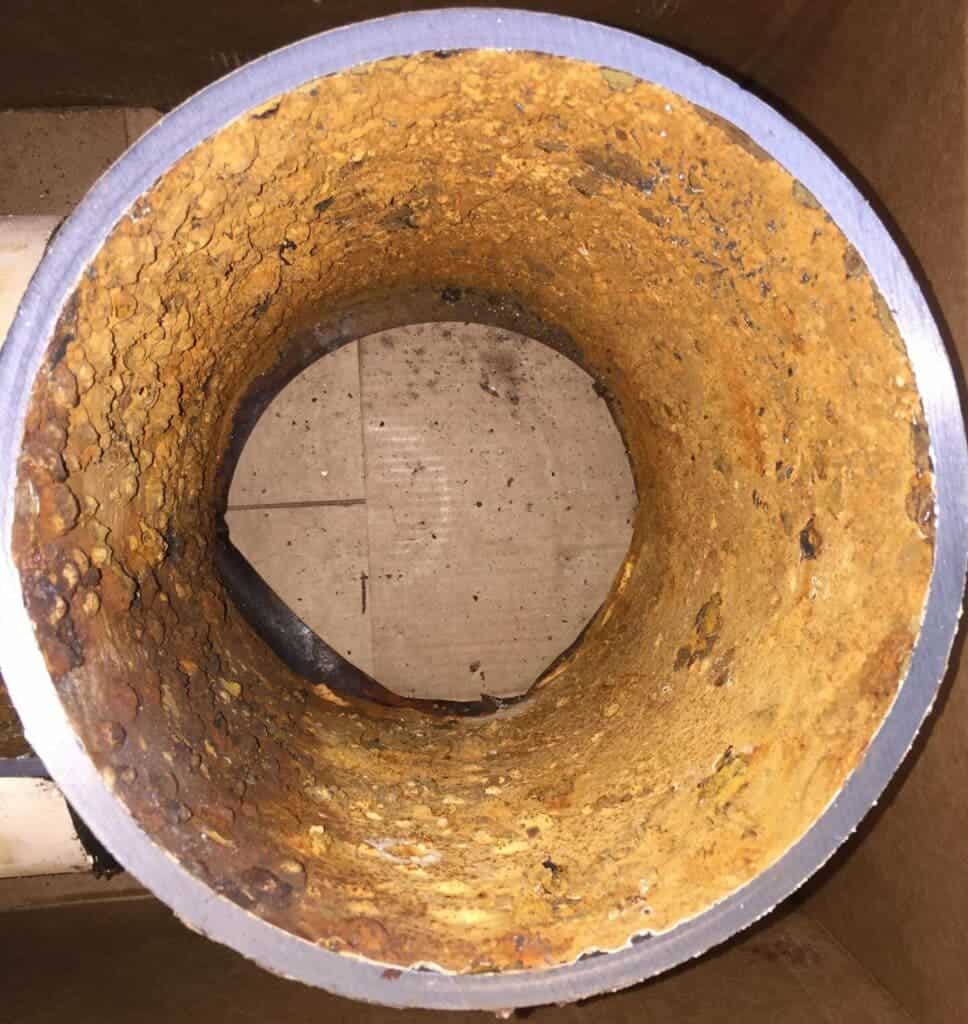Erin Brockovich made this cancer-causing chemical famous across the world, but a new study showed we might still be exposed to chromium through rusted iron pipes. As they interact with residual disinfectants in drinking water distribution systems, the pipes can leak the chemical in drinking water, putting consumers at risk.

In the Oscar-winning movie Erin Brockovich, Julia Roberts plays an activist leading a lawsuit against Pacific Gas & Electric (PG&E) for contaminating water with it. The movie is based on a true story, ended on a Hollywood high note with a $333 million settlement from PG&E — the largest settlement ever paid in a direct-action lawsuit in US history.
But all is not fixed in regards to chromium.
While the substance itself is thought to have a neutral effect on health, certain chemical reactions can change its atoms into a hexavalent form that can create cancer-causing genetic mutations in the cells. Exposure to it can cause lung cancer, liver damage, reproductive problems, and other types of developmental harm.
Even with adequate drinking water treatment prior to the entry point of the distribution systems, the chromium level at the consumers’ tap water may increase resulting from reactions taking place in the distribution systems. This is what researchers from UC Riverside wanted to check in their new study, and the conclusions look concerning.
Haizhou Liu, a professor at the Marlan and Rosemary Bourns College of Engineering, and two doctorate students at the university had the hypothesis that some of the chromium found in drinking water might come from chemical reactions between water disinfectants and the chromium in cast iron corrosion scales.
They obtained segments of two pipes that had been in service for about five and 70 years respectively and induced corrosion on portions. They scraped off the rust, ground it to a powder, measured the amount and type of chromium present. Then, they placed the samples in a form of chlorine used in drinking water plants.
The researchers found that the harmless zerovalent chromium detected in the rusted iron pipes quickly transformed into the toxic form. They followed up their findings with modeling experiments, which showed diverse possibilities for how much hexavalent chromium could come out of the tap under real-world conditions.
“These new findings change our traditional wisdom on hexavalent chromium control in drinking water and shine light on the importance of managing the drinking water distribution infrastructure to control toxic substances in tap water,” Liu said in a statement regarding the study.
The researchers warned that recycled and desalinated water, which tend to have higher levels of chromium, will become more important in the future due to the world’s looming water crisis. That’s why they argue that we need to understand and prevent chromium contaminant, suggesting the use of better pipes.
About 200 million Americans across all 50 states are exposed to unsafe levels of hexavalent chromium, according to a report released by the nonprofit research and advocacy organization Environmental Working Group (EWG). They reviewed EPA’s data on chromium contamination.
The highest concentration of chromium was found in the drinking water of Phoenix, Arizona. A total of 80 water samples were taken across the city and 79 showed average concentrations of 7.853 ppb. Scientists have recommended a 0.02 ppb level, but industry pressure led to the adoption in 2014 of a legal safe limit of 10 ppb.
The study was published in the journal Environmental Science and Technology.


